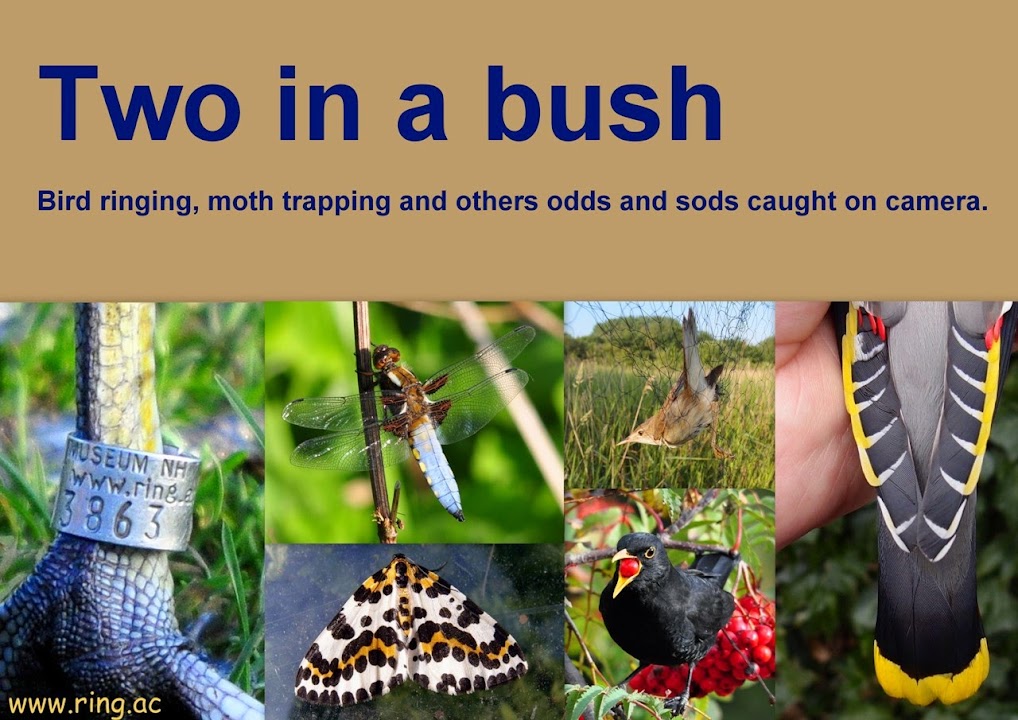I wasn't sure what to expect after my week away, more so given the clear and frosty start, but it ended up being quite a good session for late October. There were a few thrushes moving early on resulting in 9 Redwings, a Fieldfare, and a Blackbird being caught but they soon fizzled out. There wasn't much in the way of visible migration, once the thrushes had stopped, but a Crossbill and a few high flying Siskins were noted along with a small movement of Woodpigeons. The most interesting sighting came mid-morning when a Woodcock (my first of the autumn) landed on the track near to where I was stood, it took a few steps and then fanned its tail and raised it over its back in the manner of a Black Grouse but then it noticed me an flew off. I have never had such a good view of a Woodcock before or seen one tail fanning so that was a nice bonus.
The nets continued to produced a few birds after the initial rush of thrushes and the final total of 36 new birds and 1 retrap was quite a good result, all things considered. There were no surprises but 10 Goldcrests was a good number and a flock of Long-tailed Tits helped bulk the numbers too, while a female Sparrowhawk caught in the last round was a great way to end the session.
Ringing totals (retraps in brackets) for 29/10/2018 were: Sparrowhawk 1; Coal Tit 2; Blue Tit 2; Great Tit 1; Long-tailed Tit 7 (1); Goldcrest 10; Robin 1; Blackbird 1; Fieldfare 1; Redwing 9; Lesser Redpoll 1.
 |
| This 1CY female Sparrowhawk was in one of the nets when I went to take them down at the end of the session. I have done quite well for catching female Sparrowhawks this autumn as they are usually very good at getting out of mist-nets. |




















